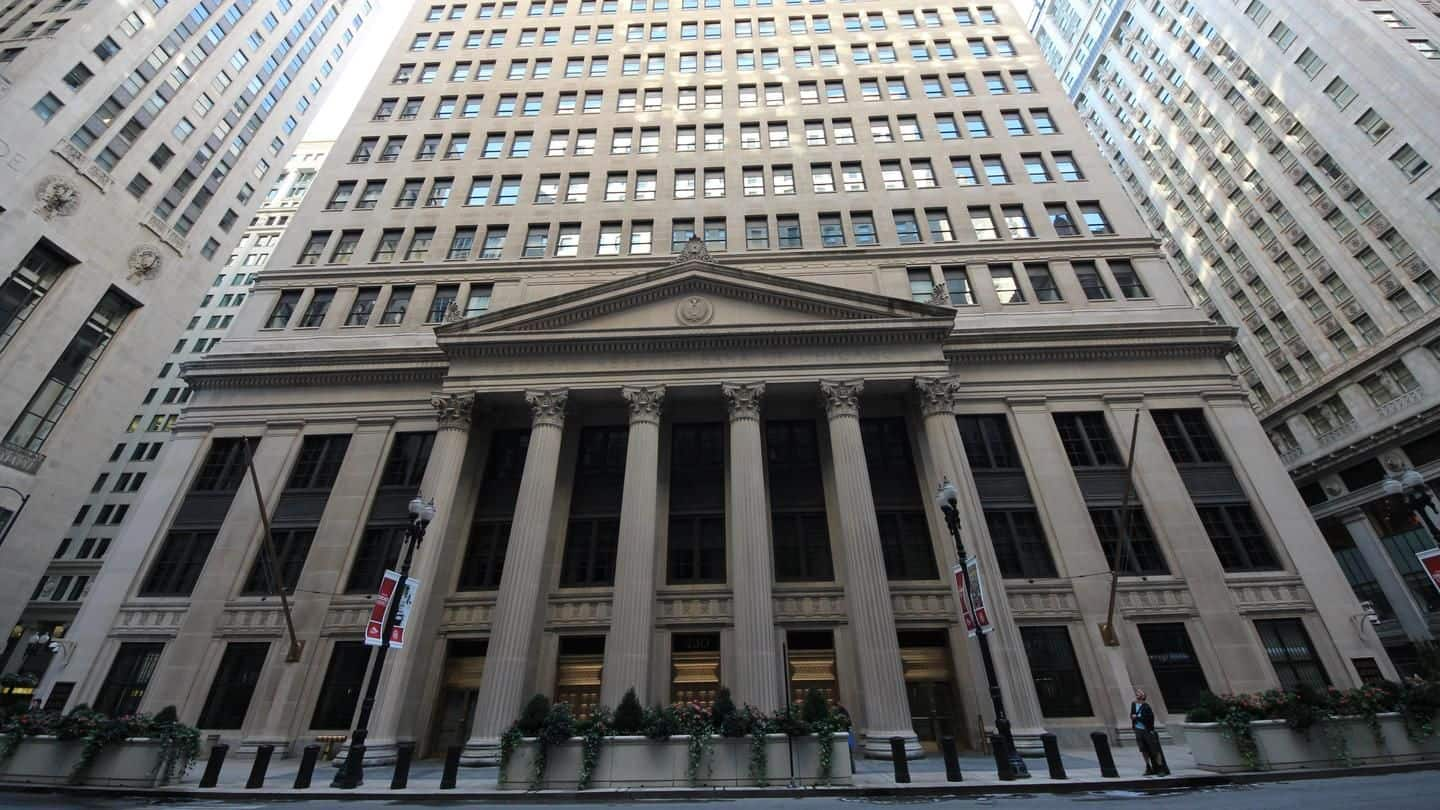
35 US-banks would survive global economic recession: US Federal Reserve
What's the story
The US's 35 largest banks are "strongly capitalized" and would survive a severe global economic recession, the Federal Reserve announced. So-called stress testing by the central bank showed that in the event of pronounced economic troubles, in which unemployment shot up to 10%, GDP shrank, and financial conditions worsened, these banks would still be able to lend to households and businesses. Here's more.
Loss
Ratio of capital would drop to 7.9% in 2018
Randal Quarles, the Fed's recently appointed Vice-Chairman for Banking Supervision, said the testing showed that banks would end the next recession in better shape than they started the last one. The tests showed the ratio of capital, which allows lenders to absorb losses, to risk-weighted assets would drop from 12.3% at the end of 2017 to 7.9%, weaker than 9.2% calculated a year ago.
Projected losses
Projected losses for 35-banks accounted to $578bn over 9 quarters
Projected losses for 35 banks amounted to $578 billion over nine quarters, up sharply from $383 billion in losses for 34 banks calculated last year. Officials said the higher projected losses reflected the fact that December's sweeping corporate tax cuts resulted in one-time accounting-related charges and also removed some benefits banks had relied on during prior recessions. This also envisioned a deeper economic shock.
Dodd-Frank regulations
In May, Trump signed rollback of 2010 Dodd-Frank financial regulations
The 35 banks account for 80% of assets of all banks operating in the US. Stress tests were required under the 2010 Dodd-Frank financial reform laws enacted in the wake of global-financial-crisis. President Donald Trump in May signed a rollback of Dodd-Frank regulations, freeing small and medium-sized banks from the law's stress-test requirements. Trump said Dodd-Frank's strictures had restricted lending, suppressing economic growth.